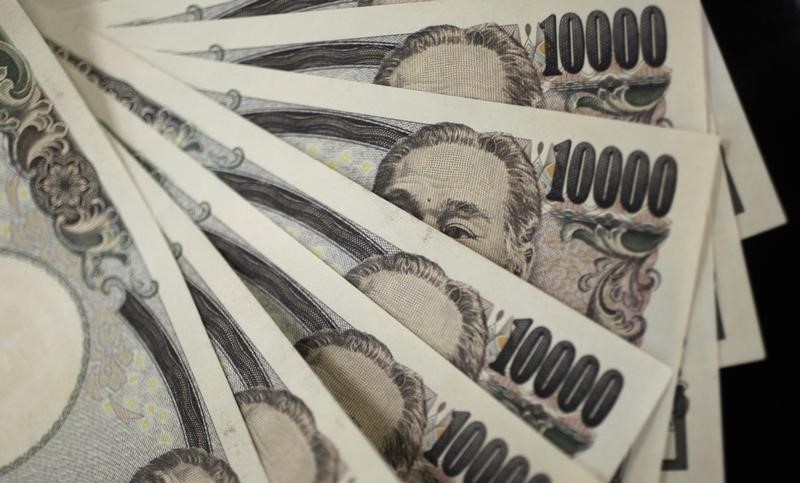Senior Federal Reserve officials, including Vice Chair Philip Jefferson, Dallas Fed President Lorie Logan, and San Francisco Fed President Mary Daly, addressed the National Association for Business Economics gathering on Monday. The officials indicated that the recent surge in US Treasury yields could offset the need for further hikes in benchmark interest rates. This rise in borrowing costs is under investigation to determine if it is a result of investor confidence in a strong economy or additional compensation required due to interest-rate risk.
Treasury yields on 10-year securities have risen approximately 40 basis points since the last Fed policy meeting, leading to tighter financial conditions. This has led officials and economists at BNP Paribas (OTC:BNPQY) SA to consider a more cautious approach, as higher bond yields could hinder economic growth. Despite a Bureau of Labor Statistics report showing job growth surpassing expectations, investors predict slim chances of a rate hike at the upcoming meeting. The probabilities for any additional tightening in 2023 are below average, even after taking into account the impact of the recent Hamas attack on Israel.
NatAlliance Securities LLC noted that the Fed has acknowledged the effect of rising real rates. Officials like Jefferson remain watchful about inflation risks, a sentiment echoed by Wrightson ICAP (LON:NXGN) LLC. This comes especially with a consumer prices report suggesting further deceleration in inflation and projections indicating a return to 2%. The broader increase in borrowing costs also raises financial stability concerns.
Jefferson, endorsed recently as Jerome Powell's deputy at the Fed, emphasized the complex task of risk management against rising market interest rates and broadly tightening financial conditions at the convention. He suggested that the Fed is cautiously evaluating if more policy adjustments, including changes to its short-term policy rate, are necessary to meet its 2% inflation target.
Despite persistent high inflation driven by a robust economy, active job market, and potential energy price increases, Jefferson supported the decision to maintain the policy rate within its current range (5.25% to 5.5%) at the latest Federal Open Market Committee meeting. While most policymakers predicted another rate hike by year-end, Jefferson pointed out that soaring market interest rates, slowing core inflation, and effects on corporate bond refinancing might hinder better-than-expected economic growth without additional Fed actions. He also noted investor risk attitudes and tightening financial conditions through higher bond yields as factors influencing the future path of policy.
This article was generated with the support of AI and reviewed by an editor. For more information see our T&C.
